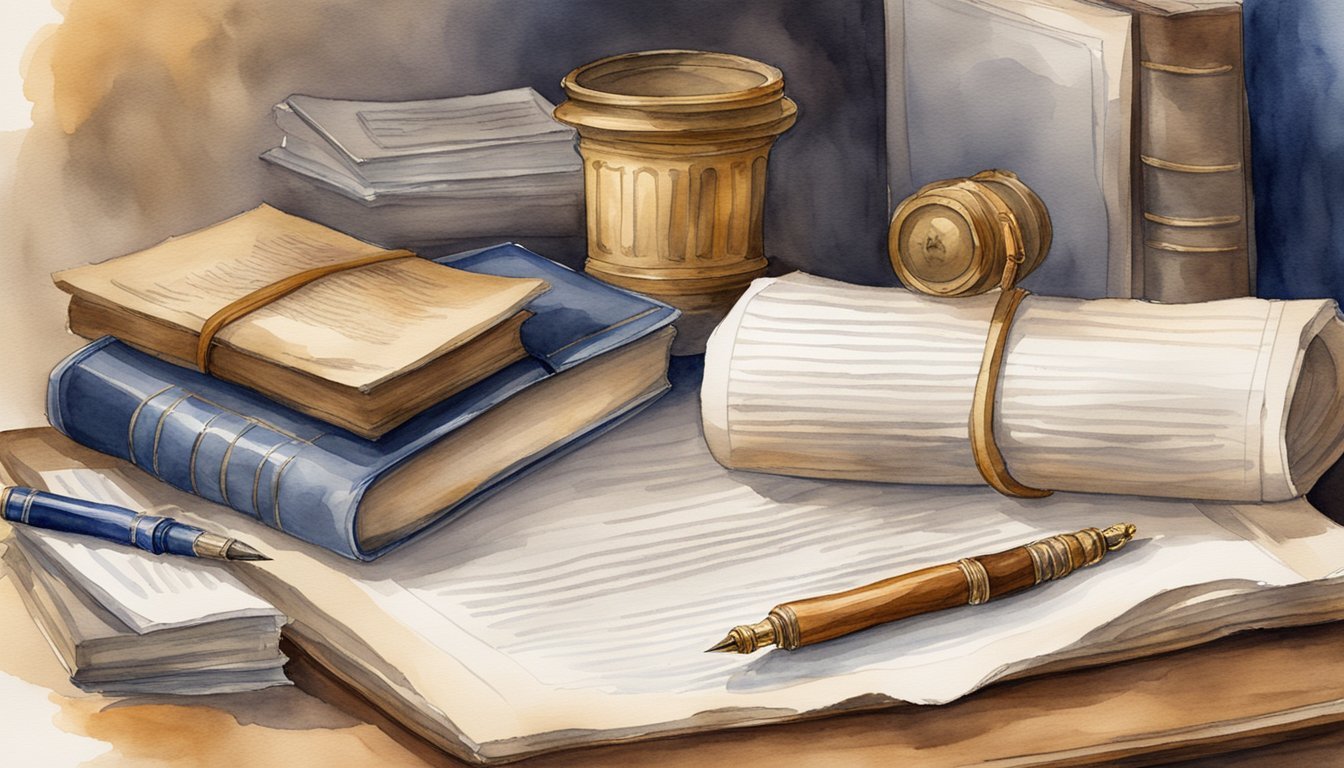Early Life and Education
Youth in Virginia
James Madison was born in 1751 at a Virginia plantation. He was the oldest of the 12 children born to James Madison Sr. and Nelly Conway Madison. Growing up, Madison lived with his family at their estate, Montpelier, near the Blue Ridge Mountains. James Madison Sr. was a prominent Orange County landowner and squire, and the young Madison grew up in a privileged environment surrounded by the natural beauty of Virginia.
Education at Princeton
After completing his early education at home under a private tutor, Madison enrolled at the College of New Jersey, which later became known as Princeton University. The institution suited his religious beliefs as it was hostile to episcopacy. He studied Latin and Greek, and displayed immense dedication to his studies. Madison completed the four-year course in just two years and spent an additional year studying Hebrew and ethics. It is said that he immersed himself so deeply in his studies that he often slept very little, which is believed to have contributed to his lifelong frail health.
Princeton University now considers James Madison its original graduate student, mostly due to the additional year he spent studying and his contributions to the institution. His education at Princeton played a significant role in shaping the intellectual and philosophical ideas that would later contribute to his role as one of the Founding Fathers of the United States.
Political Achievements and Legacy

Father of the Constitution
James Madison is often referred to as the Father of the Constitution due to his significant role in the creation of the US Constitution. He was a key figure in drafting the Virginia Plan, which proposed a strong federal government with checks and balances. Madison’s ideas greatly influenced the final form of the Constitution, and his leadership at the Constitutional Convention helped secure its ratification.
Presidency and War of 1812
James Madison served as the fourth president of the United States from 1809 to 1817. During his presidency, he led the country through the War of 1812, often referred to as America’s “second war of independence.” This war between the United States and Great Britain had a significant impact on the young nation.
Madison’s administration faced challenges, such as maintaining a fledgling navy and facing British forces that burned down the White House. However, under his leadership, the United States emerged from the conflict with its sense of nationalism strengthened.
Bill of Rights and Federalist Papers
Before his presidency, Madison contributed significantly to the formation of the United States as a writer and leader in Continental Congress. Together with John Jay and Alexander Hamilton, Madison wrote the Federalist Papers, a series of essays that helped convince the states to ratify the Constitution.
Furthermore, James Madison played a crucial role in the creation of the Bill of Rights. Heeding calls for the protection of individual liberties, Madison crafted a list of proposed amendments to the Constitution. Ten of these amendments were ratified by Congress, forming the Bill of Rights, a testament to his dedication to civil liberties and human rights.
Madison’s influence and achievements are undeniable. As a founding father, he shaped the United States through his work on the Constitution, presidency, and contributions to the Bill of Rights and Federalist Papers. These accomplishments, along with fascinating personal facts – such as his wife, Dolley Madison, becoming a beloved First Lady, and his reputation as America’s smallest president – ensure that his legacy continues to captivate people to this day.

